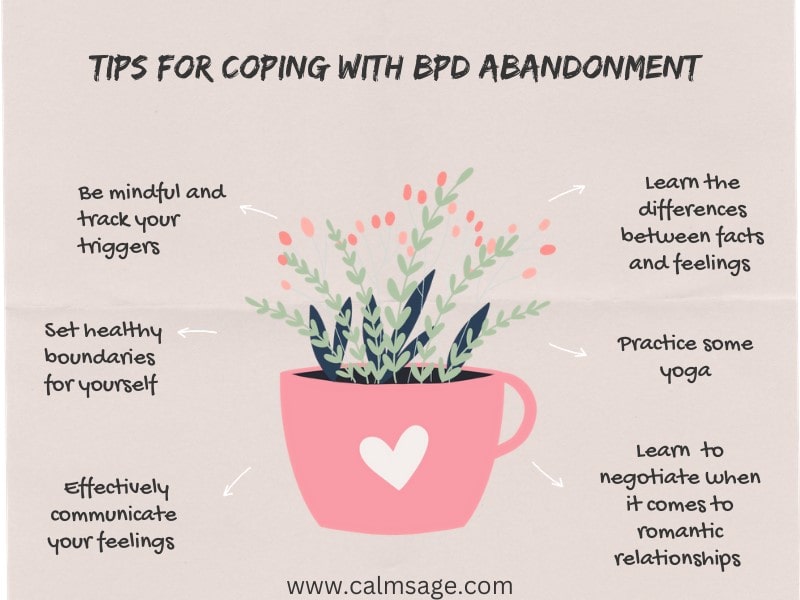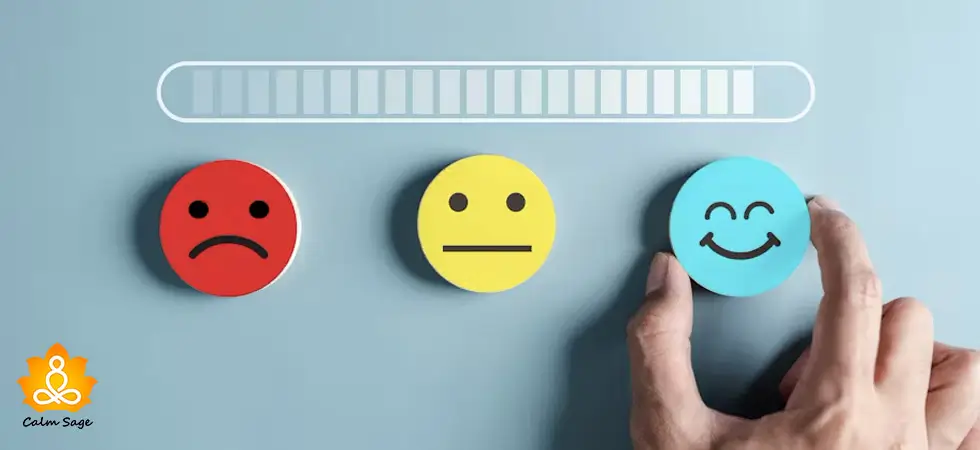“Why Does Everybody Leave Me?”- Understanding BPD Abandonment

Borderline personality disorder (BPD) is a personality order which is signified by various symptoms such as difficulty maintaining interpersonal relationships, reduced self-esteem and self-worth, and mood swings. Out of all symptoms, fear of abandonment is the highly triggered symptom in people struggling with BPD.
Fear of abandonment in a borderline personality may be developed due to several factors such as cultural, social, environmental issues, brain structuring, heredity, and more. If you or your loved one are diagnosed with borderline personality disorder, you might have observed emerging abandonment issues. In this blog, let us understand and address borderline personality disorder abandonment. So, let’s get started!
What Is BPD Abandonment?
BPD abandonment is an excessive fear of abandonment. Fear of abandonment is one of the common symptoms of BPD. This symptom can cause difficulty in maintaining healthy relationships with people. This fear generally revolves around the need for reassurance related to abandonment. In order to avoid this behavior, an individual struggling with BPD might do frantic things such as:
- Hiding or withholding possessions
- Showering people with lavish gifts or stuff
- Self-harming
- Physically blocking people from leaving
- Excessively texting or posting on social media
- Pushing others ways to get individual attention
Someone struggling with BPD abandonment might excessively fear being alone, therefore, they might go to an extent to avoid this fear or thought. This results in the formation of unhealthy attachments. Such frantic or erratic behaviors might push away loved ones. Psychologically, the unhealthy pattern of relationships can be unstable, repeating, and backfiring. Such unhealthy behaviors can trigger or backfire even if a person wants to avoid them. Consecutively, the relationship ends and it devastates the symptoms of BPD even more.
What Does BPD Abandonment Look Like?
Fear of abandonment in BPD can be seen through various forms of anxiety. It’s not a specific mental health condition, but it can result in a mental health crisis when the fear goes to an extreme level. Fear of abandonment in BPD generally looks like this:
- Forming toxic relationships
- Moves on quickly and jumps on to a new relationship
- Co-dependent personality
- Self-sabotaging relationships
- Difficulty forming emotional intimacy
Self-sabotaging behavior could lead to:
- Devaluing partner
- Impulsivity
- Lashing out
- Misplaced anger
- Oversharing
What Triggers BPD Abandonment?
BPD abandonment can be triggered by any situation or event, this can result in the increase of BPD symptoms. Below listed are some situations that trigger BPD abandonment:
- Losing someone
- Receiving criticism
- Being rejected by loved ones
- Personal attack or conflicted relationship
- Separation
- Withholding toxic memories
- Lack of attention, care, or values
How to identify BPD triggers?
If you think you or your loved one might be struggling with BPD abandonment issues, you can help them overcome this by identifying their triggers, outbursts, or meltdowns. Below listed are some ways to identify BPD triggers:
- Being overwhelmed
- Extreme mood swings that feel out of control
- Feeling out of sense or out of reality
- Impulsive or self-destructive behaviors like reckless driving, smoking, or hooking up with strangers
- Intense outbursts such as crying, anger, rage
- Physical aggression, suicidal ideation, or self-harm
How to Stop the BPD Abandonment Cycle?
With the help of the right approach and understanding of the underlying fears, symptoms, and outbursts, you can help yourself or your loved one to stop the BPD abandonment cycle. This cycle is known to be unhealthy as it causes interpersonal conflicts. A cycle of BPD abandonment can be effectively treated with the help of psychotherapy. Medications can also be prescribed to treat some specific symptoms or co-occurring conditions.
Mainly, two approaches are used to treat BPD and abandonment fear:
1. Dialectical behavior therapy (DBT)
DBT teaches clients a series of skills that help in forming better and more positive relationships with people. The skills taught during DBT sessions are known as “interpersonal effectiveness.”
2. Schema-focused therapy
Schema-focused therapy helps in identifying and changing problematic or negative thinking. It also helps in fulfilling unmet needs.
Tips For Coping With BPD Abandonment

If you or your loved one is struggling with BPD abandonment, along with therapy you can now take the help of some self-help techniques that can help you cope with the reactionary behaviors and fears.
If you’re still not connected with a mental health professional to get the diagnosis and proper treatment with the right approach…you can connect with the mental health professional through online platforms as well.

Great for a large network of licensed therapists
-
$60 to $90/week, billed every 4 weeks
-
Therapy via messaging, phone, or live video chat
-
Flexible cancellation at any time
20% off your first month

Great for CBT Based therapists
-
$40/week, billed every 4 weeks
-
Therapy via messaging, phone, or live video chat
-
Specialization for CBT based Therapy
20% off your first month

Best for Treatment Plants
-
$60 to $90/week, billed every 4 weeks
-
Therapy via messaging, phone, or live video chat
-
Flexible cancellation at any time
$100 off your first month with code SPACE
Along with therapy, here are some self-help techniques that can help you cope with BPD abandonment issues:
- Be mindful and track your triggers to work on your trauma consciously.
- Learn the differences between facts and feelings so that you can positively reframe your mind in any challenging situation.
- Set healthy boundaries for yourself and learn to negotiate when it comes to romantic relationships.
- Communicate effectively with your loved ones so that they can actively and effectively listen to your feelings and can form a strong connection.
I hope this blog helps you understand BPD abandonment and how to cope with it. Comment down and share your views on the same.
For more such content, connect with us through all social media platforms.
Thanks for reading!




















